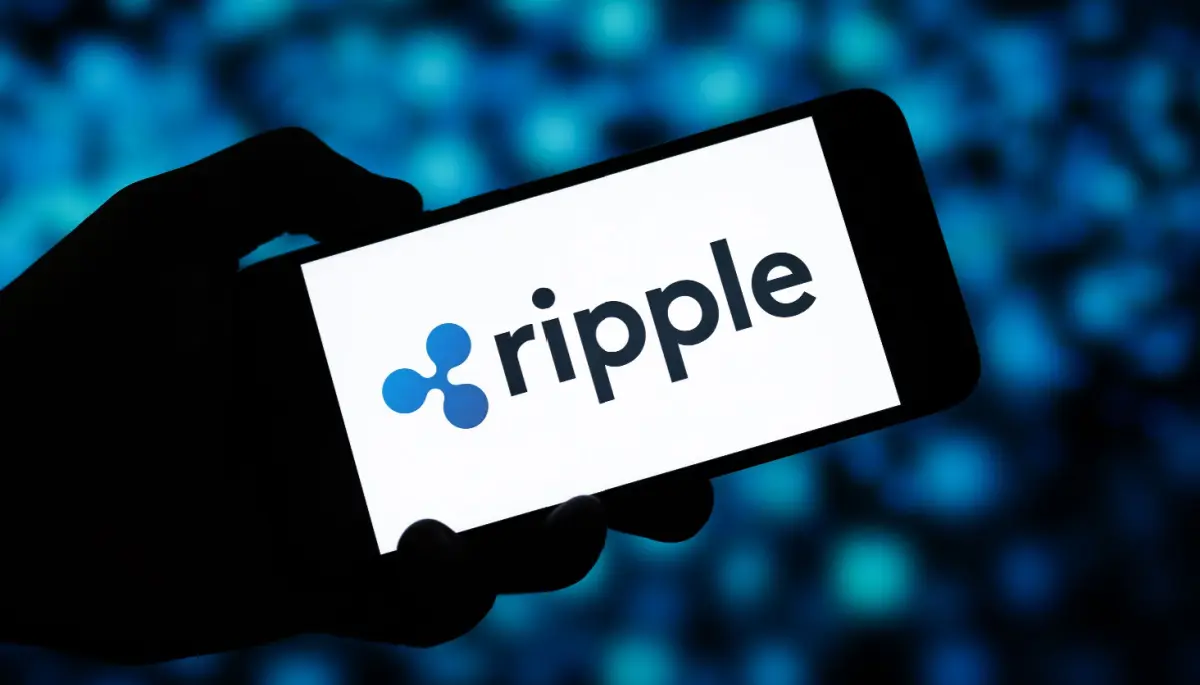- XRP holders debate Ripple’s control and the network’s true independence.
- Supporters argue the ledger’s decentralization can sustain XRP without Ripple.
- Critics warn Ripple’s dominance limits organic growth and outside participation.
The XRP community spent the weekend in intense debate over whether the token’s value and credibility should depend on Ripple or stand independently. Discussions erupted after several posts suggested that the success of XRP is often measured through Ripple’s business achievements rather than the strength of its own public ledger.
According to community reactions, some members argued that the constant focus on Ripple’s partnerships and acquisitions overshadows the purpose of a decentralized ecosystem. They claimed that a truly public ledger should maintain growth regardless of the company’s activities.
Others countered that Ripple’s presence continues to attract investors and institutional interest, helping sustain confidence in XRP’s long-term prospects.
Also Read: Coinbase CEO Brian Armstrong Emphasizes Culture of Challenge Over Comfort
Ripple’s Role and the Question of Independence
Critics within the community highlighted that Ripple’s dominance leaves few equally influential players to balance the ecosystem. They argued that while smaller projects such as NFTs and meme tokens exist on the XRP Ledger, they do not yet offer strong or sustainable use cases.
Hence, they believe that without Ripple’s active visibility, the network risks losing relevance among developers and investors.
However, several blockchain analysts pointed out that XRP’s underlying ledger remains functional and decentralized enough to survive independently. They explained that Ripple operates several nodes for its internal operations but runs only one validator on the default list.
This, they noted, demonstrates that the company’s technical control is far less significant than many critics claim.
Moreover, the network’s supporters emphasized that even if Ripple were to step back, XRP transactions would continue without disruption. They stressed that decentralization ensures no single entity can halt the system, reinforcing its resilience beyond corporate involvement.
Building Beyond Ripple’s Shadow
Still, concerns persist that attention will continue to gravitate toward Ripple until more independent developers and businesses build on the network. Many community members believe that fostering genuine participation from outside Ripple remains the key to reducing dependency.
The ongoing debate underscores a deep divide within the XRP community. While some see Ripple’s leadership as an advantage that drives growth, others view it as a limitation that restricts true decentralization. Whether XRP can thrive beyond Ripple’s influence remains an open challenge for the network’s future.
Also Read: Solana (SOL) Price Prediction 2025–2030: Will SOL Break Past $250 After ETF Approval?

